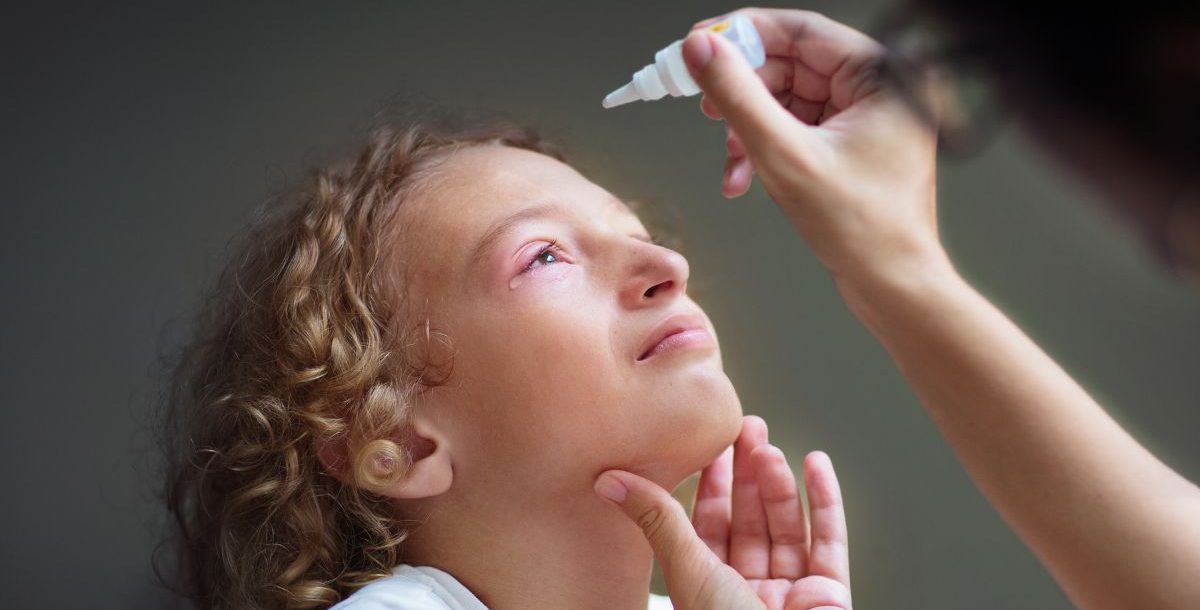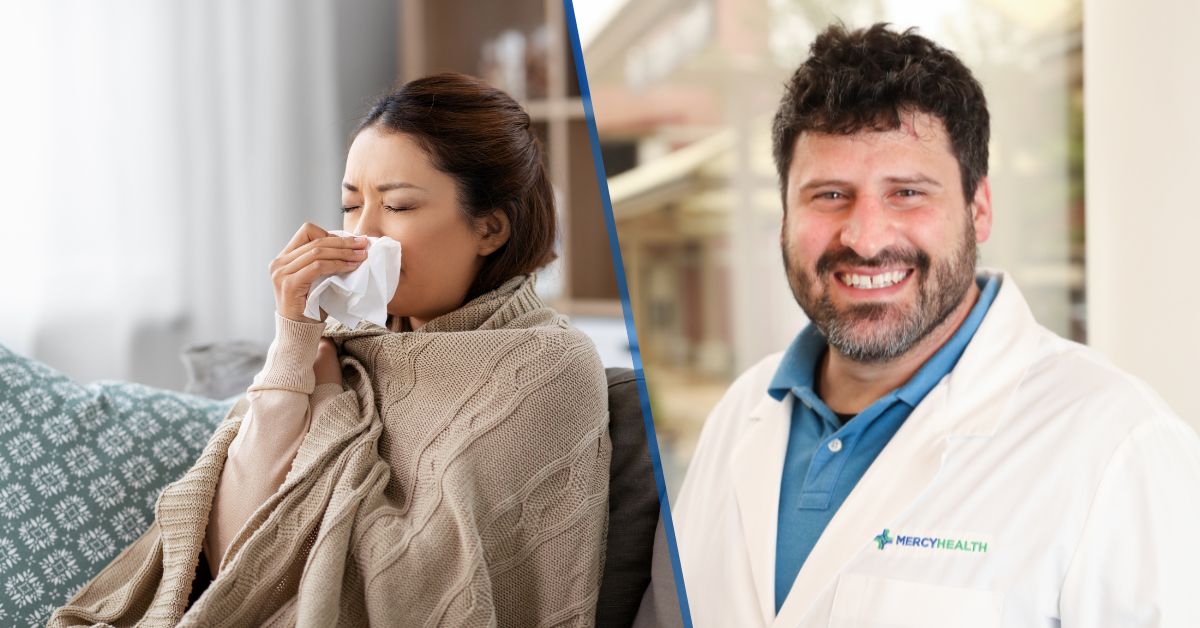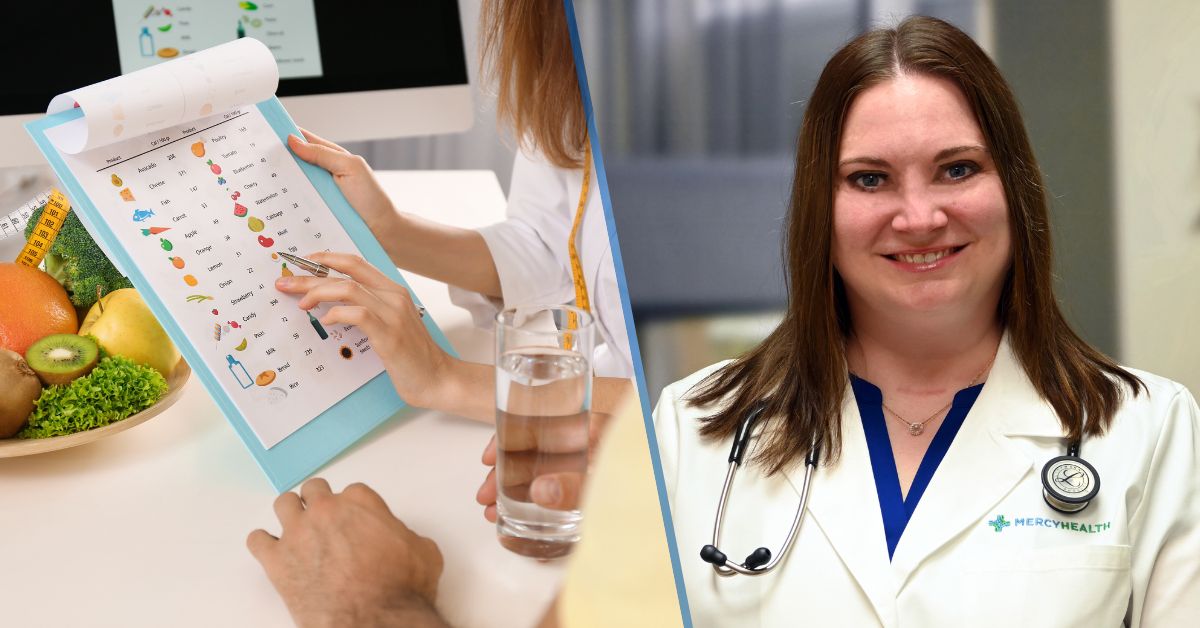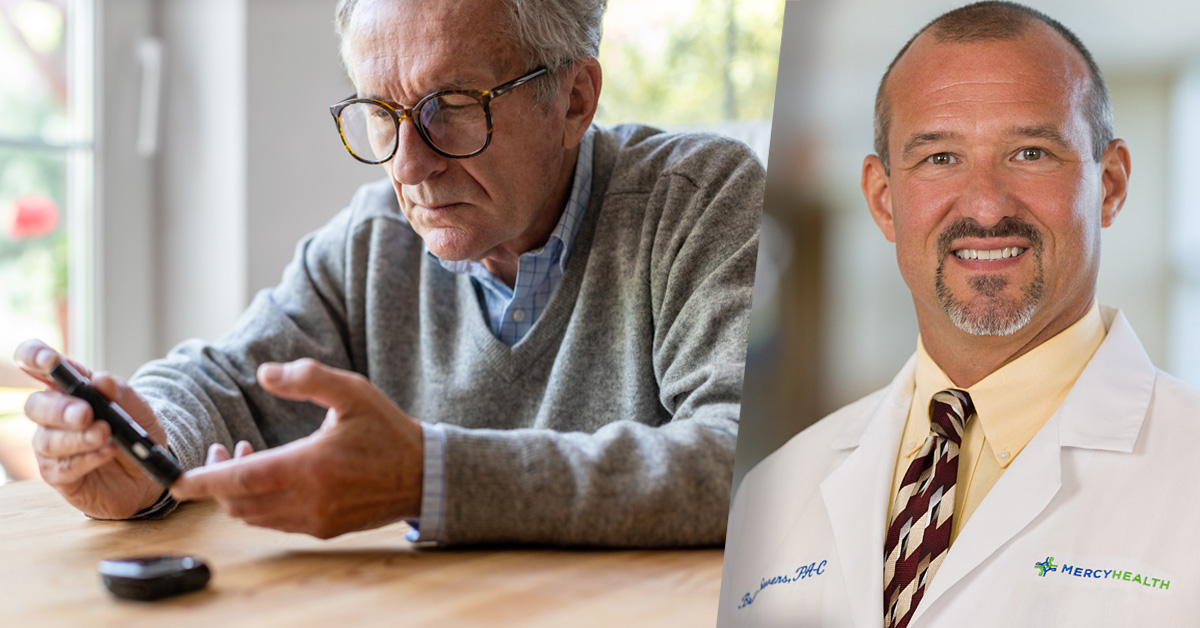If you’ve ever had itchy, red and watery eyes, you may have experienced pink eye. Also called conjunctivitis, pink eye is a common eye condition that can affect people of all ages. While it’s usually mild and easy to treat, options exist for pink eye medication and treatments.
There are different types of pink eye, and the right treatment often depends on what’s causing it. If you suspect you or your child has pink eye, make an appointment with your primary care provider or go to your nearest urgent care.
What is pink eye?
Pink eye, or conjunctivitis, can be caused by viruses, bacteria or allergens. It happens when the thin layer of tissue covering the white part of the eye and the inside of the eyelid becomes inflamed.
Each type causes similar symptoms, but the treatment can differ depending on the type of pink eye you have.
Common signs of pink eye include:
- Redness in one or both eyes
- Watery or thick discharge
- Itchy or burning feeling
- Crusty eyelashes, especially after sleep
- Blurred vision
- Sensitivity to light
- Feeling like there’s something in your eye
If these pink eye symptoms persist or worsen, make an appointment with your primary care provider for the right diagnosis and treatment.
Types of pink eye and treatments
There are three main types of pink eye: viral, bacterial and allergic. Each type is different, and so are the kinds of medications that may be used.
Viral pink eye
Viral pink eye is the most common type. It usually starts in one eye and may spread to the other. It’s often linked to colds, sore throats or other viral infections. You may have watery discharge and feel like your eye is burning or itchy.
Because it’s caused by a virus, antibiotic treatment won’t help. Viral pink eye usually clears up on its own within a few days to a week. Still, it’s important to take steps to keep it from spreading:
- Wash your hands often
- Avoid touching your eyes
- Don’t share towels or pillows
- Stop wearing contact lenses until your eyes heal
Your doctor may suggest using artificial tears or cold compresses to ease discomfort. In severe cases, antiviral medication may be used, but this is rare.
Bacterial pink eye
Bacterial pink eye is caused by bacteria and often results in thick, yellow or green discharge. It can affect one or both eyes and is also very contagious.
In this case, your doctor may prescribe pink eye medication such as antibiotic eye drops or ointments. These can speed up healing and help prevent the infection from spreading. It’s important to use the medicine exactly as directed, even if your symptoms start to improve.
Like with viral pink eye, you should still follow good hygiene habits:
- Wash your hands regularly
- Don’t touch your eyes
- Throw away tissues after wiping your eyes
- Disinfect doorknobs and other shared items
Allergic conjunctivitis
Allergic conjunctivitis happens when your eyes react to something in your environment, like pollen, pet dander or dust. This type isn’t contagious. It usually affects both eyes and causes redness, itching and tearing.
Treatment for allergic pink eye includes removing or avoiding the allergen and using pink eye medication that reduces inflammation. This might include:
- Antihistamine or anti-inflammatory eye drops
- Artificial tears to rinse out allergens
- Oral allergy medications
Your doctor might also suggest allergy testing if you’re unsure what’s causing the reaction.
When to see a doctor
While most cases of pink eye go away with basic care, some signs mean you should see your primary care provider:
- Your symptoms persist for more than a few days without improvement
- You experience moderate to severe pain in the eye
- You notice blurred vision that doesn’t go away
- Your eyes are very sensitive to light
- You see increased swelling, redness or discharge
- You have a weakened immune system or wear contact lenses
Whether you see your primary care provider or go to an urgent care clinic, getting the correct diagnosis is essential because the treatments for viral, bacterial and allergic pink eye are different.
Treating pink eye at home
Along with any prescribed pink eye medication, there are a few things you can do at home to feel better:
- Use a warm, damp cloth to clean away discharge (don’t reuse the cloth)
- Apply cold compresses to reduce itching or swelling
- Avoid eye makeup until the infection clears
- Replace old eye makeup or contact lenses to avoid reinfection
Also, make sure you complete any prescribed treatment – even if your symptoms go away early. Stopping medication too soon can allow the infection to come back.
How to prevent pink eye from spreading
Pink eye spreads easily, especially in schools, daycare centers or among family members. Here’s how to lower the risk:
- Wash your hands frequently with soap and water
- Don’t rub or touch your eyes
- Avoid sharing towels, washcloths or cosmetics
- Clean eyeglasses and cases regularly
- Stop wearing contact lenses while symptoms are active
If your child has pink eye, talk to their school or daycare about when it’s safe to return. This usually depends on the type of pink eye and whether treatment has started.
How we can help
If you or your child is showing signs of pink eye and symptoms don’t improve after a few days, it may be time to make an appointment with your primary care provider. They can determine your type and recommend the right pink eye medication, whether it’s antibiotics, allergy relief or supportive care.
If you need to see a provider outside of your primary care practice’s regular hours, go to your nearest urgent care.
Learn about the primary care and urgent care services we offer at Mercy Health.






